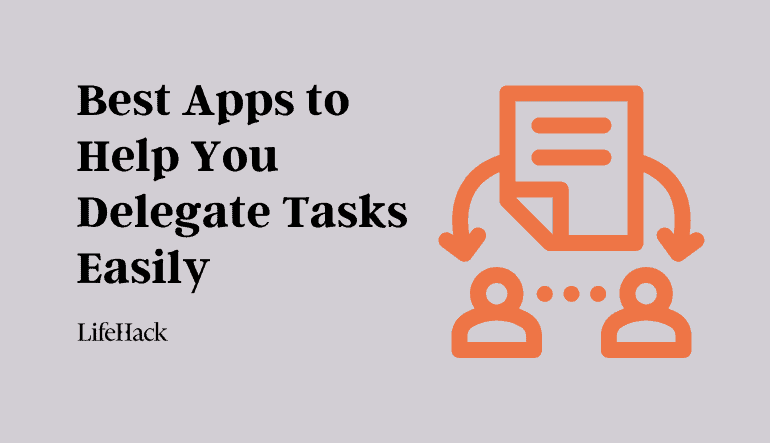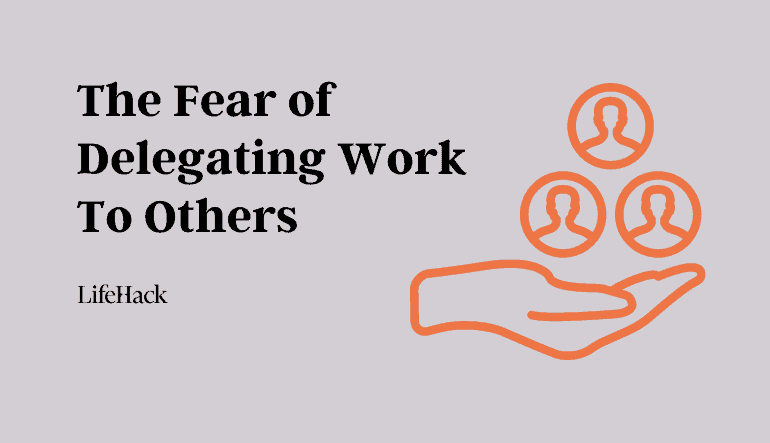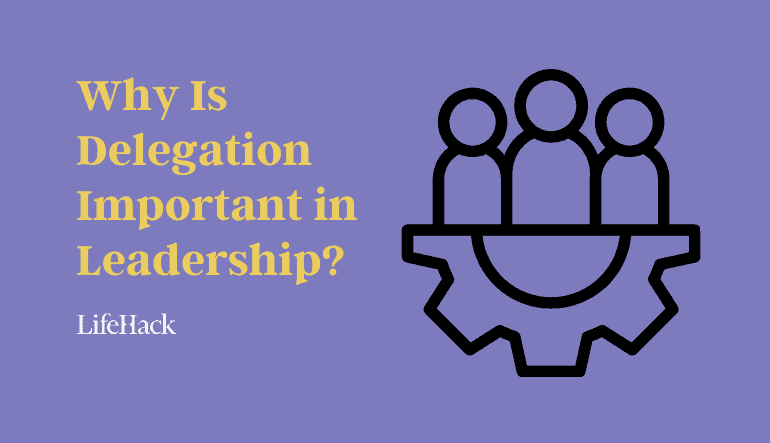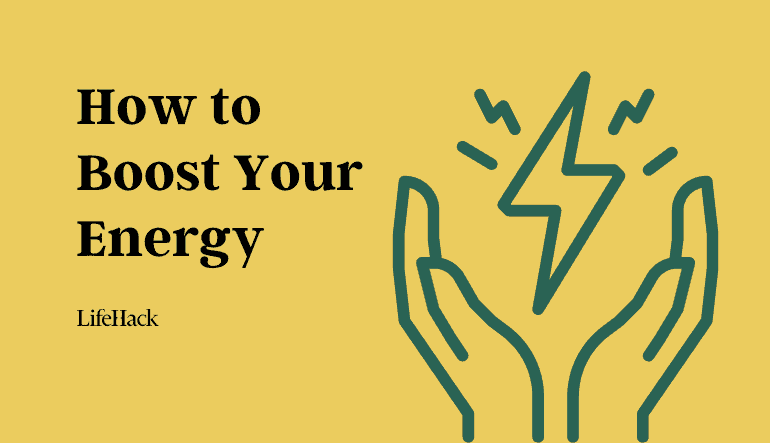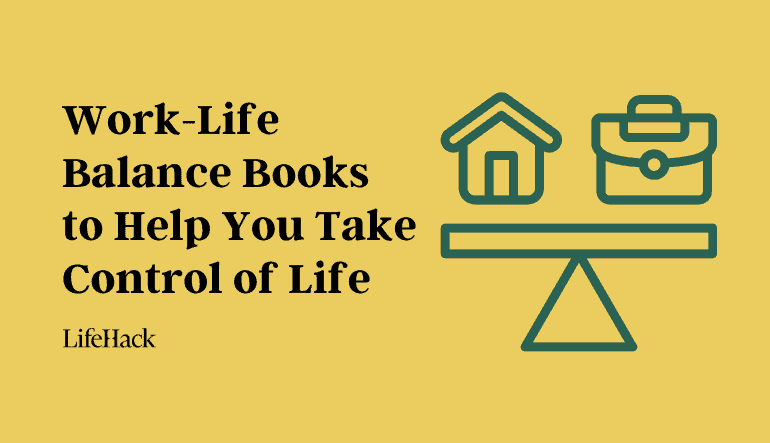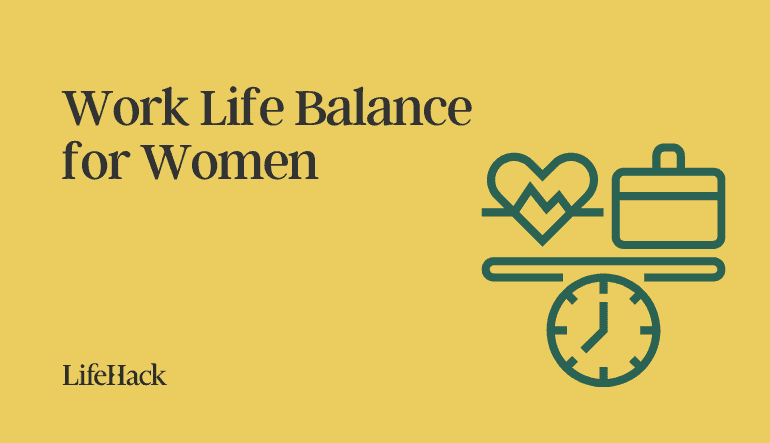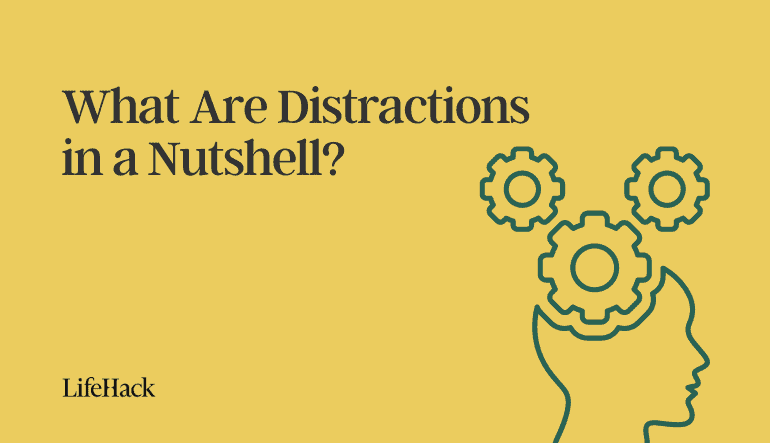Many people work remotely these days, with plenty of them doing so for extended periods of time. While remote work has increased flexibility and reduced commute time for some, resulting in better integration of work and personal life, others find it difficult to maintain a healthy work-life balance due to the blurred line between work and personal life.
According to a survey conducted by Fingerprint of Success, 65% of people admit that now that they work remotely, they are working longer hours than ever before.[1]
The survey also discovered that 66% of full-time employees in the United States do not strongly believe they have work-life balance, and 51% of people say they have missed important life events due to insufficient work-life balance.
So, how can we achieve a more realistic work-life balance today?
Table of Contents
Work-Life Balance — What Is it Really?
Work-life balance is the balance of one’s work responsibilities and personal life obligations such as family, friends, hobbies, and self-care. It entails managing and prioritizing these aspects of your life in such a way that you can have enough time, energy, and resources for both work and personal life.
People who have a good work-life balance can maintain their physical and mental health, increase productivity, reduce stress, and improve job satisfaction. It should be noted that work-life balance does not imply an equal distribution of time between work and personal life, but rather a balance tailored to an individual’s specific needs and priorities.
Breaking the Myths of of Work-Life Balance
To better understand what work-life balance entails, it is necessary to also define what work-life balance is not:
Work-life balance does not imply perfect time and energy allocation.
One of the most common misconceptions about work-life balance is that it entails perfectly balancing your time and energy between work and personal life. This is simply not realistic or achievable for most people, and failing to achieve it can lead to feelings of guilt and failure. In reality, finding a work-life balance that works for you and your specific circumstances is the goal.
Work-life balance does not have a one-size-fits-all solution. What works for one person may not work for another, so finding a balance that works for your unique contexts is critical. This may require some trial and error, but it will be worth it in the end to live a more fulfilling and satisfying life.
It is about more than just work and life.
The idea that work-life balance only involves balancing work and personal life is another common misconception. A healthy balance, on the other hand, entails more than just these two aspects. It’s also about balancing other important aspects of life like relationships, health, and hobbies.
Work-life balance is more than just time management. It’s also about figuring out how to prioritize these other important aspects of life in order to live a full and satisfying life. You might need to adjust your work schedule or figure out how to fit these elements into your daily routine to accomplish this.
Work and life are not incompatible.
Another common misconception about work-life balance is that the two are inherently antagonistic forces. However, work and personal life do not have to be opponents. Integrating work and life successfully can lead to a more fulfilling and satisfying life.
For instance, some people view their work as having value and meaning. Work can actually improve their personal life when they feel they are making a meaningful contribution and using their skills and talents. This is especially true for those who feel strongly connected to their work and their personal values.
On the other hand, personal life can benefit work. People who have a strong support network of family and friends are more likely to feel energized and motivated to tackle work challenges.
Why Is a Life Balance Important?
Work-life imbalance has been shown in numerous studies to significantly harm employee performance and productivity.[2] The negative impact even extends beyond work performance and productivity to other aspects of life.[3]
Obesity, cardiovascular disease,[4] and poor sleep quality can all be caused by a lack of life balance.
An unbalanced life can increase the risk of mental health problems such as depression and anxiety.[5] It can also lead to burnout, which is characterized by physical, mental, and emotional exhaustion.[6]
Work-life balance issues can lead to strained relationships with family and friends. They may not have enough time to spend with loved ones, or they may be too tired or stressed to engage in meaningful interactions.[7]
Moreover, people feel as though they are missing out on other significant aspects of life when work consumes their personal lives. This can result in a loss of motivation and a sense of purpose in life.
People who have a healthy life balance, on the other hand, experience less stress, which leads to better physical and mental health. They are also more motivated and have stronger interpersonal relationships.
Life Balance Self-Assessment
According to research published in the Harvard Business Review, reflexivity, or challenging presumptions to raise self-awareness, is the key to striking a better balance between professional and personal priorities.[8] This involves regularly checking in with yourself to see if your life balance is in sync. Here are the five steps to take:
1. Pause
Consider what is currently causing you stress or unhappiness. What impact does this have on your work and personal life? What are you putting first? What are you passing up?
We rarely pause to consider our work until a major life event occurs, such as a serious health problem, the birth of a child, or the death of someone close to us. However, simply pausing and reflecting on your priorities can help you determine whether the way you live and work is right for you.
2. Pay Close Attention to Your Emotions
How do you feel now that you’re more aware of your current situation? Are you fulfilled and happy, or are you angry and resentful?
Being aware of your emotions can help you decide which changes to make.
3. Reprioritize
Take into account what needs to change. For instance, you might want to consider whether working long hours or working on the weekends is worth missing out on time with your family or your social life.
4. Consider Your Alternatives
Is there anything you can change at work to accommodate your new priorities?
5. Make Changes
Last but not least, take action to make change happen. Perhaps that means asking for flexible hours, making sure you use all of your annual leave, or not checking emails on weekends.
The 5 steps outlined above are a continuous cycle of re-evaluation and improvement. You must remember to pause, pay attention to your emotions, rethink your priorities, consider alternatives, and implement changes throughout your personal and professional lives in order to make real changes.
I also encourage you to take LifeHack’s Life Assessment for free and get a customized report on how balanced your life is.
How to Achieve a Realistic Work-Life Balance
Those who attempt to achieve work-life balance solely by dividing their time and driving a sharp wedge between work mode and life mode are unintentionally dividing themselves.
When people juxtapose ‘work’ and ‘life,’ they unconsciously think in terms of ‘work’ versus ‘life,’ and are constantly forced to choose one over the other. In this framework, a gain on one side is always a loss on the other.
As a result, people begin to see ‘work’ when they are not living. ‘Work’ is viewed as a necessary evil that must be endured until it is time to turn it off. But there is no balance if you encode everything related to work as negativity and suffering while your ‘life’ strains under unrealistic expectations of enjoyment.
Rebalancing work and life is possible by seeking a new and enjoyable job to a certain extent. However, no job is perfect. There will always be tedious aspects to any job. If you don’t change the old framework, you’ll soon find yourself on the same ‘life’ versus ‘work’ see-saw.
The true goal is to redistribute the positive (+) and negative (-) evenly across life.
Most people try to make everything positive outside of work to compensate for the negativity at work like this:
If everything is negative at work and everything is positive when the work mode is turned off, work performance will suffer, creating even more negativity. People will rely heavily on their off-mode life for happiness, but they will not be truly happy because they are not dealing with problems at work.
Meanwhile, some make an effort to bring positivity into their workplace. Their work-life balance may look like this:
Unfortunately, if these people remain stuck in the old on/off framework, all of their negative emotions will be transferred to their off-mode self, and their relationships and health will suffer.
I used to be one of these people.
I gave my all to the work I do because I loved it. I expanded my business about 8 years ago, but because I spent almost all of my energy on my work, I had no time to take care of myself.
I couldn’t sleep well, was frequently stressed, and suffered from back pain as a result of the stress. These health issues began to interfere with my daily life and ability to concentrate at work.
On the other hand, very few people are fortunate enough to experience happiness on both sides of the equation. Their work-life balance looks like this:
If you are fortunate enough to experience positivity from both sides, congratulations! You make up less than 5% of the population.
But if you’re in the other 95% of people, don’t miss these steps to get a realistic work-life balance:
Recover the Sense of a Unified Self
The solution is to regain a sense of unity within oneself. When you do, you will deconstruct the competing work/life binary and stop unconsciously labeling work as “suffering” and life as “enjoyment.” Positive energy will begin to flow effortlessly and smoothly throughout your life.
To regain a sense of unity, ask yourself: Why do I do what I do in life and at work?
Your response to this question forms your blueprint for a unified self, charged with meaning that is directly related to who you are and what you care about.
Use your blueprint to examine your work, leisure, and relationships to see if they are in sync.
This new framework is called ‘alignment,’ not ‘balance.’ This will reveal to you several things:
- Some aspects of your work are not suffering: Look again, and you’ll notice many positive aspects that reflect your interests. For example, you may value creativity and recognize that you have opportunities to demonstrate it every day at work.
- What you care about at work is the same as what you care about in life: For example, you may value friendship in your life and demonstrate this value to your coworkers. Your values are present in all of your interactions and serve to unite you.
- What you do at work and what you do in your personal life complement and enhance one another: For example, the same generosity you show your friends can help you build good client relationships at work. Your creativity at work can be applied to overcome obstacles in your personal life.
As a result, you will never need to use the on/off work model again because you will always act in accordance with what you truly value. Your positive energy will flow consistently through all of your states of being in a perpetual positive feedback loop.
So for me, after realizing how much I needed to change my daily habits, I began to reprioritize my life demands and reorganize my schedule to ensure that I had enough time dedicated to self-care and exercise.
I gradually began to strike a more realistic work-life balance as follows:
Your new perspective on balance and alignment is an inner transformation that can empower you regardless of your current circumstances.
For example, it could reveal your dissatisfaction with your current job. You can then use your blueprint to determine what is causing the negativity; perhaps something isn’t aligned with what you value. This can also be used to remind yourself why you’re doing what you’re doing, or encourage you to make a change.
If you’re a workaholic, your blueprint may reveal that what you previously dismissed as ‘off-mode’ (relaxing, having fun, pursuing a passion, spending time with family and friends) contains a wealth of values that support – and even enhance – a well-rounded working life.
To know how balanced your life is, you can take the Life Assessment here for free and get a personalized report.
Conclusion
Achieving a healthy life balance does not entail striving for perfection or attempting to balance all aspects of life equally. Rather, it is about figuring out how to balance work and personal life in a way that feels fulfilling and meaningful. Prioritizing important relationships, maintaining physical and mental health, and engaging in hobbies and leisure activities are all examples of this.
You can achieve a more balanced and fulfilling life by taking a more realistic approach to work-life balance and recognizing the value of work and personal life integration. This may require some changes to work schedules or personal habits, but the benefits of achieving a healthy life balance are well worth the effort.
Reference
| [1] | ^ | Fingerprint for Success: 35 critical work-life balance stats everyone should know |
| [2] | ^ | International Business Research: Impact of Work-Life Balance, Happiness at Work, on Employee Performance |
| [3] | ^ | Biomed Res Int.: Long Hours’ Effects on Work-Life Balance and Satisfaction |
| [4] | ^ | The Lancet Journal: Long working hours and risk of coronary heart disease and stroke: a systematic review and meta-analysis of published and unpublished data for 603 838 individuals |
| [5] | ^ | Front Psychol.: The Mental Health Consequences of Work-Life and Life-Work Conflicts for STEM Postdoctoral Trainees |
| [6] | ^ | Success in Academic Surgery (pp.219-234): Work–Life Balance and Burnout |
| [7] | ^ | Int J Environ Res Public Health.: Work–Life Balance: Weighing the Importance of Work–Family and Work–Health Balance |
| [8] | ^ | Harvard Business Review: Work-Life Balance Is a Cycle, Not an Achievement |







